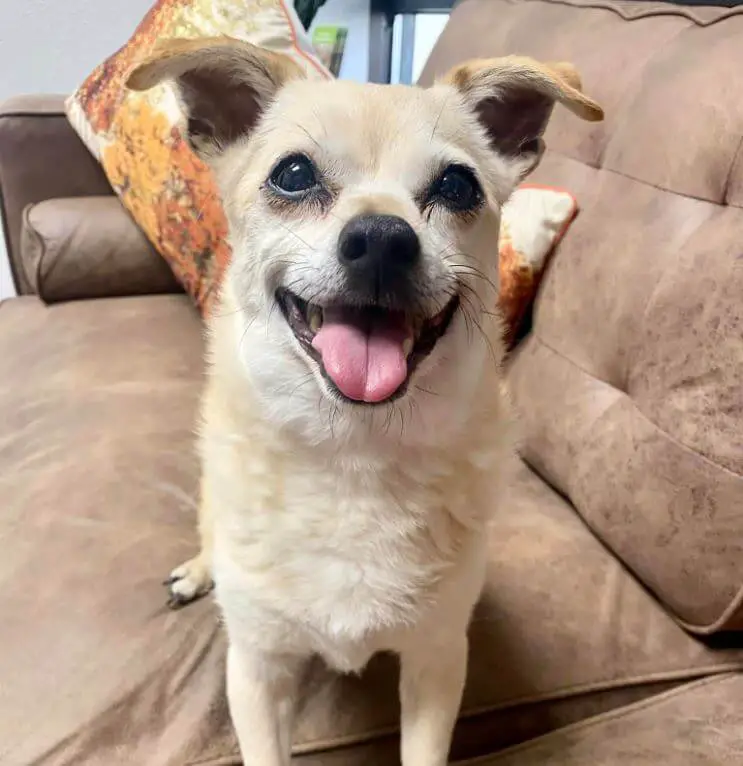Discovering that your beloved canine companion has lost their vision can be a daunting and emotional experience. However, dogs are incredibly resilient and adaptable creatures. With your support and some thoughtful adjustments to their environment and routine, you can help your blind dog lead a fulfilling and happy life. In this article, we’ll explore practical tips and insights for supporting a blind dog’s transition to a new way of experiencing the world.

Understanding Your Blind Dog’s Experience:
Before we dive into the strategies for helping your blind dog, it’s essential to understand their perspective. Your dog still has their other senses, such as smell, hearing, and touch, which become even more crucial when vision is impaired. Keep in mind that they can still lead a rewarding life with these senses as their guides.
#1 – Maintain a Consistent Environment:
Dogs thrive on routine, and this is even more critical for a blind dog. Keep furniture and objects in familiar places, so your dog can navigate their environment confidently. Minimize sudden changes that could disorient them.
#2 – Scent Marking and Verbal Cues:
Utilize your dog’s keen sense of smell to help them navigate. For instance, place scented markers (such as essential oils) around the house to indicate important locations like their food and water bowls or their bed. Additionally, use verbal cues and commands to provide guidance and reassurance.
#3 – Safety First:
Ensure your home is a safe space for your blind dog. Remove hazards, such as sharp objects or tripping hazards, and secure stairs or any areas with potential danger. Baby gates can help limit access to certain areas.
#4 – Consider a Halo Vest:
A “halo” is a device worn around your dog’s neck that extends out to create a protective barrier, preventing them from bumping into objects at head height. This can be especially helpful during walks or playtime in unfamiliar areas.

#5 – Create a Tactile Garden:
Outdoors, create a tactile garden with different textures, surfaces, and scents to stimulate your dog’s senses. This can be a safe and enriching space for exploration.
#6 – Regular Vet Check-ups:
Ensure your dog’s overall health with regular veterinary check-ups. Vision loss can be due to various factors, including age-related issues or underlying health conditions. Managing these conditions can improve your dog’s overall quality of life.
#7 – Socialization and Enrichment:
Continue to socialize your blind dog with other dogs and people. Enrich their life with interactive toys and games that stimulate their senses and mental acuity.
#8 – Patience and Positive Reinforcement:
Be patient and offer lots of praise and positive reinforcement when your dog successfully navigates their environment or follows your cues. This will boost their confidence and trust in you.

Supporting a blind dog’s adjustment to vision loss is a journey that requires patience, empathy, and adaptability. By creating a consistent and safe environment, utilizing your dog’s other senses, and offering plenty of love and guidance, you can help your furry friend continue to enjoy a happy and fulfilling life. Remember that every dog is unique, and it may take time for them to adapt fully. With your unwavering support, your blind dog can continue to experience the world in their own special way, demonstrating the remarkable resilience and spirit of our canine companions.
